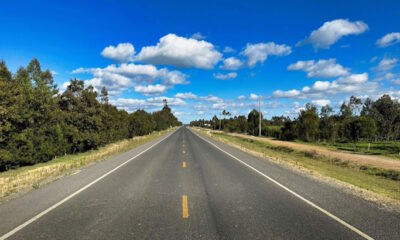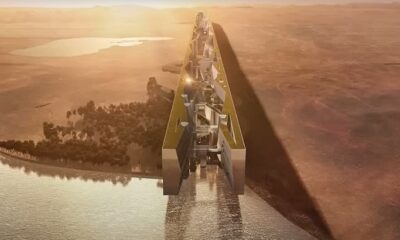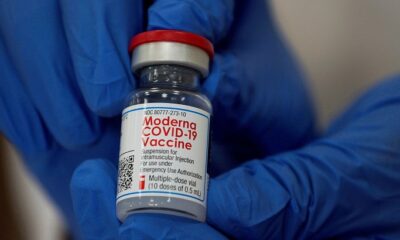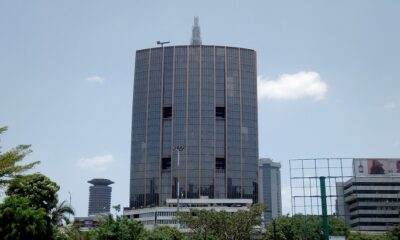Commercial Projects
Toyota breaks ground on its prototype city of the future
The model city will initially have a population of 360 people.
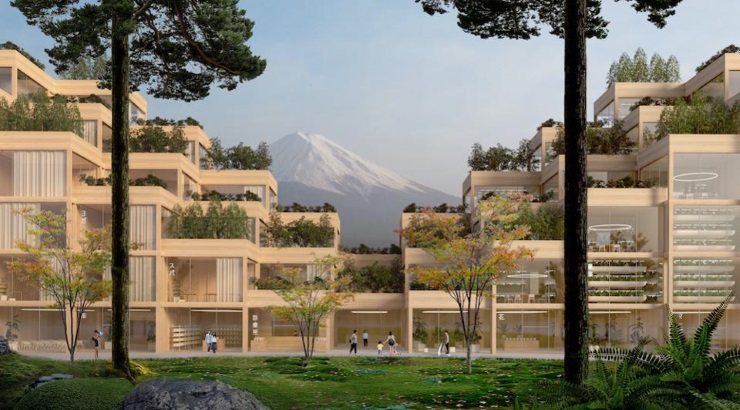
Japanese automotive maker Toyota Motor Corp. has started construction works on its prototype city of the future at the foot of Mount Fuji in Japan, offering innovators a chance to develop and test technologies in a real-world environment.
Dubbed Woven City, the prototype metropolis is envisioned as a ‘living laboratory’ and a home to full-time researchers trying out new ideas in this real-world incubator.
The city is a partnership between Toyota and Woven Planet Holding (a Toyota Group company). It will be a fully connected ecosystem, powered by hydrogen fuel cells – to create a setting for innovators to test technologies such as artificial intelligence, robotics, autonomy, and personal mobility in a real setting.
“The unwavering themes of the Woven City are ‘human-centred, a ‘living laboratory’ and ‘ever-evolving.’ Together with the support of our project partners, we will take on the challenge of creating a [futuristic city],” Toyota Motor Corp. President Akio Toyoda said.
Develop future technologies
Mr Toyoda had earlier said that building a city from scratch is a “unique opportunity to develop future technologies, including a digital operating system for the infrastructure”.
“With people, buildings and vehicles all connected and communicating with each other through data and sensors, we will be able to test connected AI technology, in both the virtual and physical realms, maximising its potential,” he said.
READ: How technology is transforming construction industry
Scientists and researchers from all corners of the world will be invited to move into Woven City to work on their projects in this unique environment.
According to Toyota, Woven City will be fully sustainable, with structures made mostly of timber and robotised production methods, to reduce the carbon footprint.
Photo-voltaic panels will be placed on roofs to generate solar power, which will supplement the energy produced by hydrogen fuel cells.
Zero-emission vehicles
Besides, only 100 per cent autonomous, zero-emission vehicles will be allowed on the streets. Toyota e-Palette vehicles will be used for transport and deliveries. They will also be used as changeable mobile rental units.
Woven City will initially have a population of 360 people. Senior citizens and families with young children will be among the first residents to live in the city, before its population is raised to about 2,000 people.
The company said the city’s infrastructure has been “designed to create an environment where inventions with the potential to solve social issues can be created in a timely fashion.”
Toyota’s Woven City was designed by Danish architect Bjarke Ingels.



